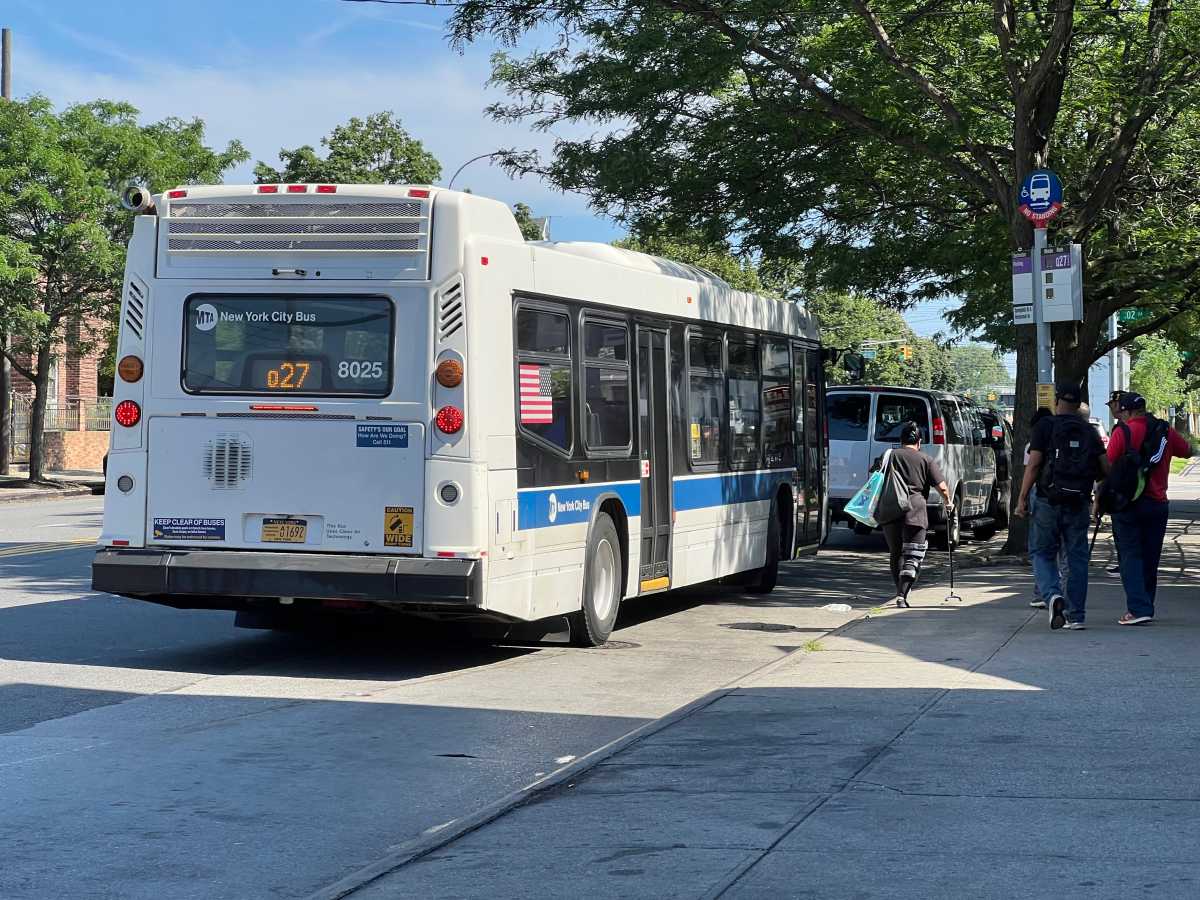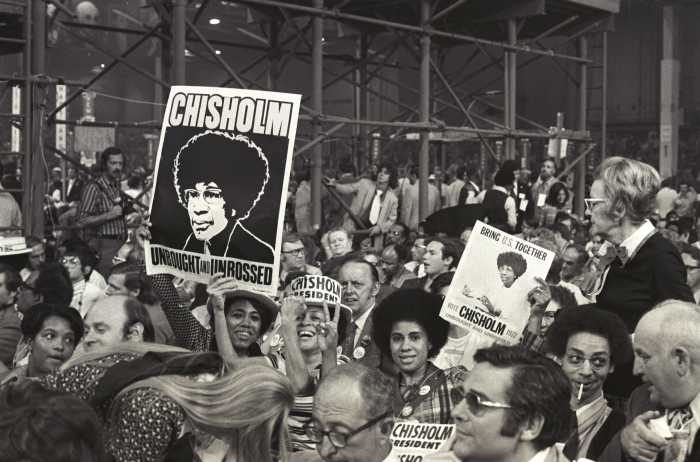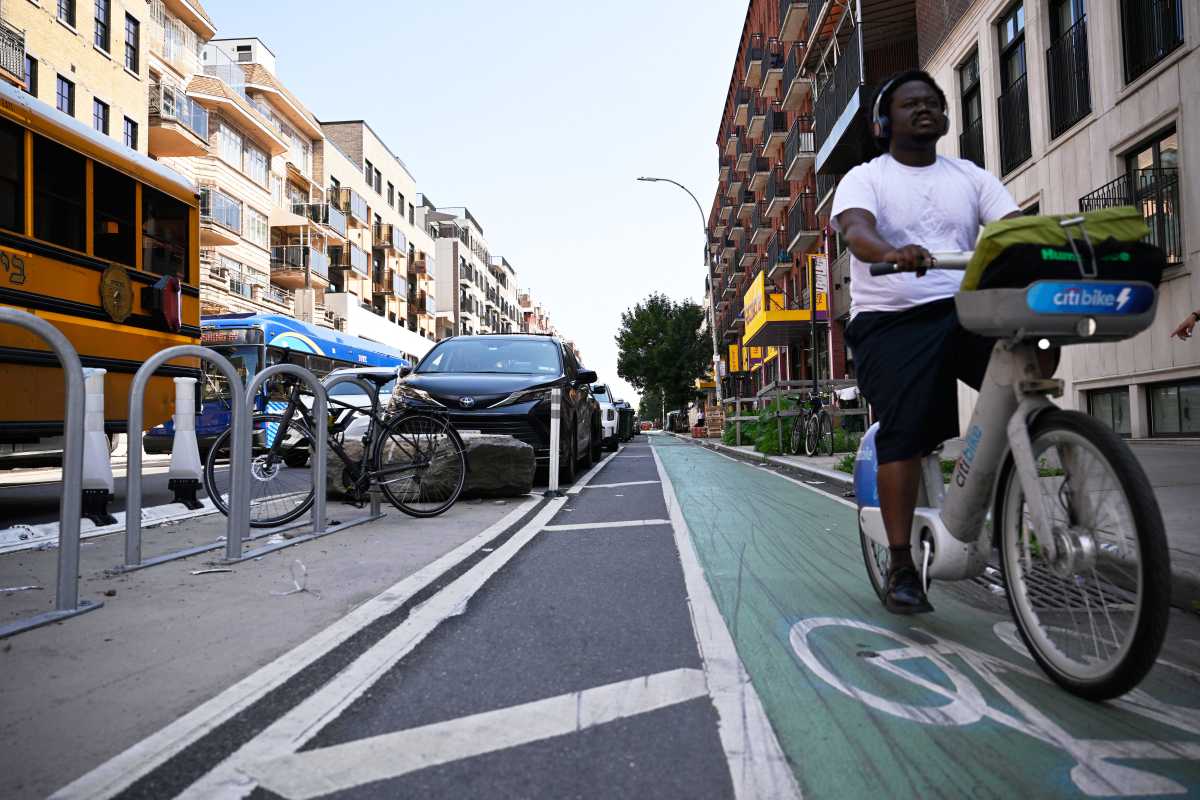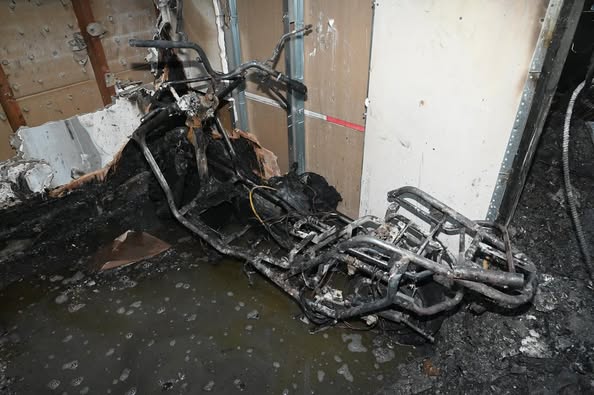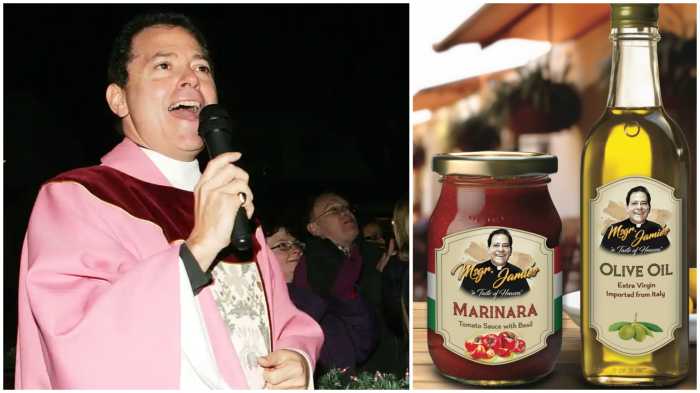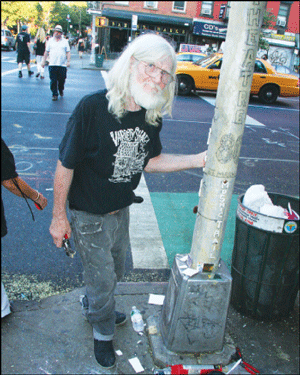 [/media-credit]
[/media-credit]
Yes the old L.E.S. had its problems, but it was the place where you felt you had the chance to follow your dreams, or nightmares, whichever magnet force one chose to align oneself with.
The old L.E.S. was rich in distinctive, one-of-a-kind characters. Jim Power is one of the last of such characters.
I have known and documented Jim for more than a couple of decades. Jim is a complicated individual with a complex personality that can go through as many changes as the pea in a three card monte game. He is one of the only people who can make me laugh till my eyes tear up, or so angry I would never want to see him again. He has a tremendous capacity for love, kindness and empathy for those who are struggling, or are helping him, or are his friends. Yet, on another day, to the same people, he can be ruthlessly vile, mean and hurtful.
I have witnessed him angry to the point of insanity, screaming in the middle of the street, because of some perceived injustice, or to teach us a lesson.
Jim once caught Phil Hartman, creator of the HOWL Festival and FEVA, in what he felt was a lie, which drove Jim crazy to the point of using his claw hammer to smash off his Avenue A Veterans of Foreign Wars mosaic lamppost. Jim was a veteran of a foreign war and he hated Phil’s lie. As the HOWL parade came down Avenue A Jim attacked the pole. At the same time, an elderly Polish man was pleading, “Jim, no! Jim, no!” What shocked me most about this moment was this was one of the first times, outside of business, when an old-school Polish neighbor protested anything outside of his own community!
Jim is one of the most opinionated, stubborn, over-the-top, egotistical, narcissistic, bigger-than-life, old-school individuals you are likely to ever run into.
Yes, Jim is a character. But what makes him special is his dedication to community and his art. Though not obligated to enlist, he joined the Army and went to fight in Vietnam. In some ways, Jim has never left the war. The war is here. The war is now. He is living it, and fighting it.
His first-generation Irish family was in good standing in the carpenters union. Jim joined the union and learned to be a carpenter. Union job, good pay, excellent benefits. He gave it all up to follow his dream of beautifying the L.E.S. — a dream he has paid a high price to follow.
Jim spent most of his adult life living close to the bottom tier of society. He was almost a squatter, but was too right wing for his anarchist roommates. Every place he lived with other people turned into a disaster. Small basement spaces and furnace rooms seem to suit him best. He almost never paid rent, but he always worked and made some money. He lives by his wits. Jim is a survivor, but living a Spartan life for sure.
The early years were the hardest. The streets he worked on were dangerous. He was making art against all odds. A heroic effort, no question.
His mosaic street art is one of the few constants that has not been destroyed or wiped out by gentrification or N.Y.U. or Cooper Union, though there have been attempts. The impact of gentrification can be almost overwhelming — watching the destruction of the very roots of a neighborhood, its character, its history. His mosaics are a constant, a stabilizing factor, which makes some people feel safer.
I’ve heard people say that after they come up the subway stairs at Astor Place, they feel like they’re home when they see Jim’s decorated lampposts.
I’m not sure why his poles act as a deterrent to crime. Maybe it’s the brightness, the glitter, the enshrined people who cross all color lines, the salute to the workers — the Fire Department, Sanitation, the Police Department — or the historic locations, like the Fillmore pole with famous acts who played there. But for whatever reason — respect, maybe — there is less criminal activity around his poles. Those of us from the old school, we are all familiar with the criminal activity around street corners.
Jim’s mosaics are probably the most photographed public sculpture in New York City. Hang out by The Cube on Astor Place and see how many people take pictures of his work. Neighborhood kids grew up with those mosaics; some helped put in a piece of broken tile when they were, let’s say, 11, with their mother standing there. Then, by chance, 12 years later, the person sees Jim working: The connection is deep, as the synapses instantly snap back to an inspired, unique moment, a visual and tactile memory of participating in making historic art.
His work has changed over the years, although there’s always a connection to smashed dishes and ceramics. Compare the light poles on Third Ave. and St. Mark’s. The early ones were crudely made, with massive pieces of broken pottery. But they’re still out there, surviving under the worst of N.Y.C. conditions, from storms, to dogs, to bicycle chains. Jim’s work has lasted.
Many of the mosaics work on multiple levels. There is the identifiable distant image, like the full-size American flag on the lamppost at St. Mark’s and Second St. Take a close look and you’ll see stories within stories. There’s his salute-to-Yiddish-theater pole, sporting the names of famed venues, such as the Commodore, the Anderson, the Eden and Minsky’s Burlesque, as well as performers, from Molly Picon to the Bowery Boys, to the more-modern Burns and Allen, to Bob Hope celebrating his 100th birthday. In Power’s creative vision, Bob Hope’s reference connects back to the “U.S.O.” to a mention of “M.I.A. P.O.W.” and “American Theater of War,” to the small writing on the bottom of a teacup that reads, “Salute to U.S. Armed Forces.”
The public work — the lampposts, the planters — Jim does at his own expense. To survive, he takes on paying jobs. He has done Pie Studios, where the Rolling Stones love his work; signs for tattoo parlors in Sicily; kitchen cabinets in people’s homes; a mosaic shield for a retiring police chief.
I remember one uptown nightclub Jim did. His mosaics were the club’s visual theme. I made one mosaic mural. The place was almost finished. The pressure was on to complete the job. The club’s ownership had a heavy muscle vibe. Jim gets into a dispute over money and leaves. Chaos erupts. The search is on for Jim. The manager’s guys come down. Jim is nowhere to be found. Eventually, a deal is made and the job is finished. He has had his share of wild stories.
He always feels underappreciated, disrespected, ignored, disregarded. Jim has never quit working or given up on his dream of beautifying the L.E.S. He has led one of the most dedicated and difficult art-life struggles of anyone I know. Jim is a true warrior of the highest honor.
One of the best things to have ever happened to Jim was when Charlie Gambetta give him a dog. Jesse Jane became his faithful companion, the love of his life, almost his reason to keep on living.
Jim’s mosaics define the East Village. They make the place home.



